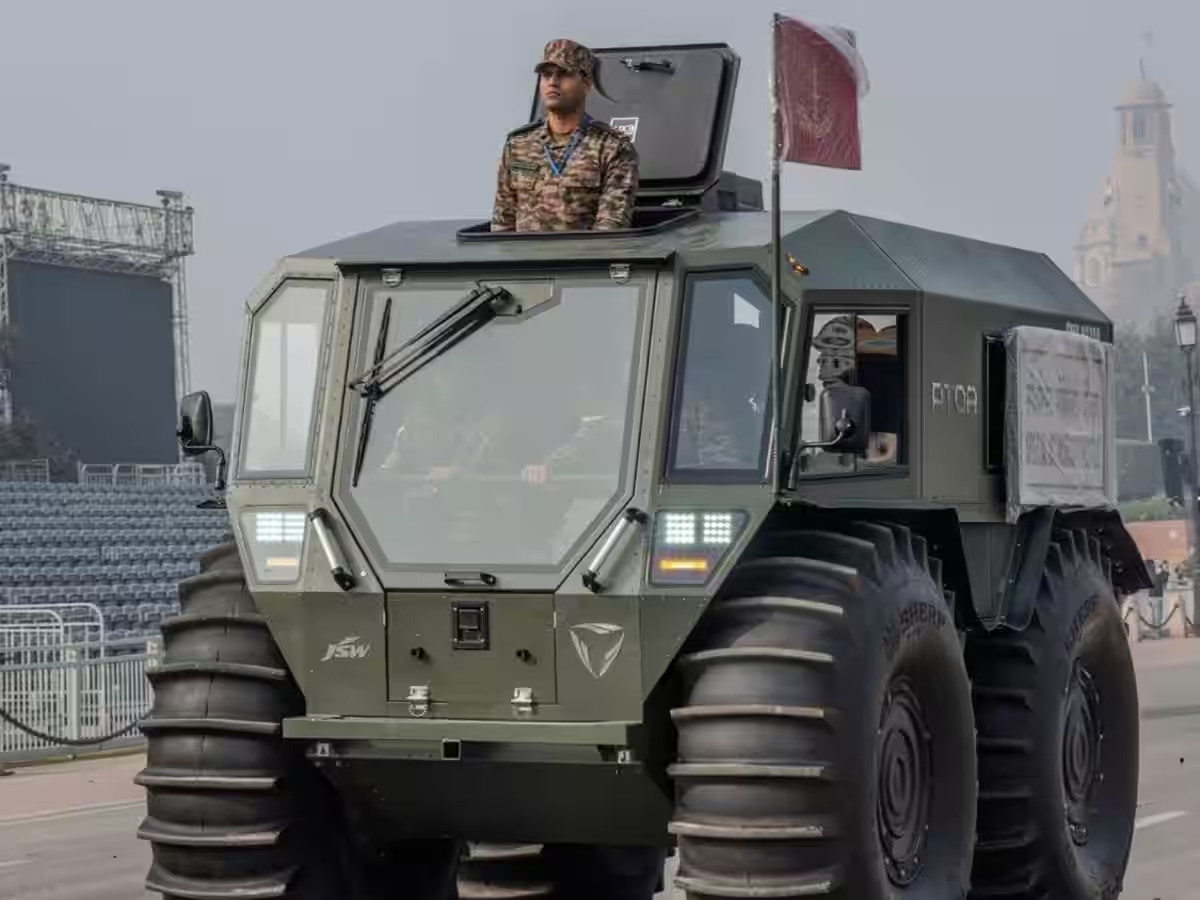Indian Army Rescues 22 CRPF Personnel, 3 Civilians from Flooded Punjab Village
Troops coordinate with civil authorities to rescue CRPF personnel and civilians trapped near Madhopur Headworks.
3 Jaish Terrorists Suspected to Have Entered Bihar, State on High Alert Ahead of Elections
Central Agencies Monitor Situation as Leaders Plan High-Profile Visits.
Two Terrorists Killed as Indian Army Foils Infiltration Attempt Along LoC in Gurez Sector
Two Terrorists Gunned Down After Opening Fire Near LoC in Gurez Sector.
What is ATOR N1200 ?: India’s Amphibious Beast Leading Punjab Flood Rescue Operations
India’s ‘Amphibious Beast’ Saves Lives, Redefines Disaster Response.
Lieutenant Parul Singh Triumphs with 2nd Place at High-Altitude Spiti Half Marathon
The Indian Naval Academy has congratulated Lieutenant Parul Singh for her remarkable achievement of securing 2nd position in the Surya…
Para SF vs MARCOS vs Garud: Which Indian Special Force is the Toughest?
India's special forces represent the pinnacle of military excellence, embodying unparalleled discipline, resilience, and tactical prowess. Among the most elite…





